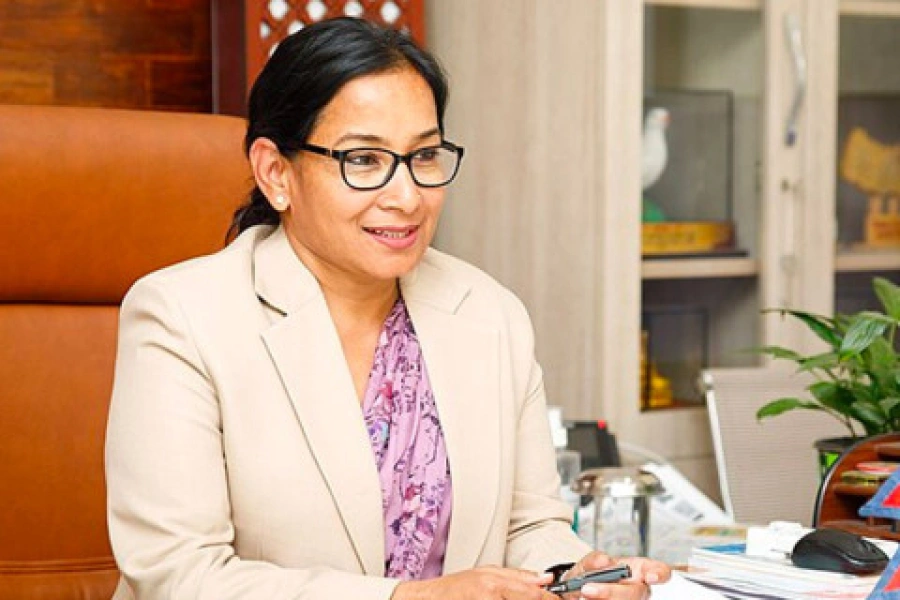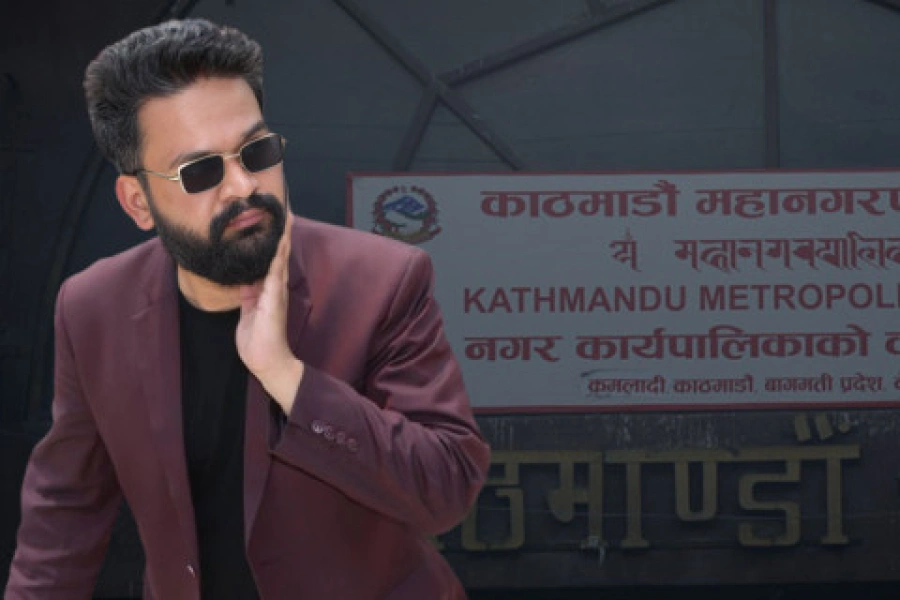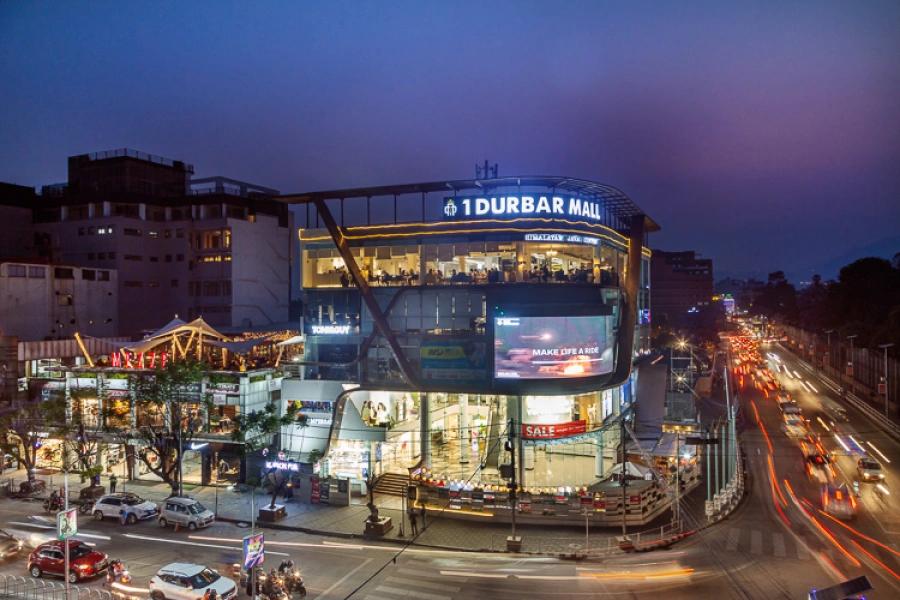If more distressed countries can work on localizing the SDGs, so can Nepal
The second Local and Regional Governments’ Forum held on September 24 during 74th session of United Nations General Assembly was centered on localizing the Sustainable Development Goals, SDGs, the global framework aimed at transforming our planet into a sustainable and just place to live in. The event was organized, among several UN entities, by Global Taskforce of Local and Regional Governments, a consultative mechanism working to highlight the contributions made by local governments in implementation of the SDGs.
Unfortunately, despite some progress, the link between local governments and SDGs is still not adequately understood and their potential in contributing to achievement of the goals is still unexplored. According to the 3rd Local and Regional Governments Report, local government involvement in the preparation of Voluntary National Reviews (VNRs), the countries driven reporting system on the SDGs, has reached only 42 percent and it is happening in only 66 out of 143 countries.
Yet the report is rich in offering examples of how local governments, especially those in least development countries, are trying to embrace SDGs as a platform to better mainstream local actions of governance, from the delivery of essential services to the citizenry to efforts to the protection of the environment and fight against climate change, into the national development strategies—thanks to a common framework provided by the SDGs.
Development partners laud Chandragiri Municipality's efforts in...

From Mali to Indonesia, there is a great variety of initiatives being implemented locally, even in countries that face even more daunting social-economic challenges than Nepal. Interestingly, the event at the UN was co-sponsored by Cameroon and Morocco proving that many emerging and developing countries can be at the forefront of the battle to achieve the global goals by harnessing and empowering local governments.
Nepal, with its still evolving federal framework, is still not at the vanguard of this movement though the National Association of Rural Municipalities in Nepal (NARMIN), the Association of District Development Committees of Nepal (ADDCN) and the Municipal Association of Nepal (MuAN) are well positioned to contribute and become the engine of such SDGs localization process and are already taking important steps in this direction. If more distressed countries can work on localizing the SDGs, so can Nepal.
Localizing SDGs is about connecting the dots, ensuring that all the spectrum of local governments, of small and big sizes, leverage their commitments and actions on their own versions of SDGs by creating local networks to share best practices and by linking their plans and achievements with higher levels, contributing to the creation of a truly inclusive national framework. But these processes should not be framed under the “business as usual” approach. It should be driven by elected officials.
Localizing the SDGs opens up a sea of opportunities to involve citizens from all ages, social and economic groups to be part of the equation, inducing them to be really part of the decision making process, showing new and creative ways to enrich Nepal’s representative democracy with important elements of direct participation.
For example, local municipalities can partner with local not-for-profits or even informal groups or proactive citizens in setting up localized SDGs forum where all stakeholders have a voice in discussing local priorities. Youth groups can play an important role together with schools. For example, SDG Youth Alliance in Karnali Province, an initiative supported by Association of Youth Organizations in Nepal (AYON) could offer an interesting template to replicate.
Nepal is yet to present its second VNR and this could be a great opportunity to start a long term planning process that brings together not only the elected officers from federal government, provinces and local municipalities but also individual citizens, associations, not-for-profits and private sector.
In his foreword to the recently published “Sustainable Development Goals Report 2019” UN Secretary General António Guterres states that “a wide range of other actors—international organizations, businesses, local authorities, the scientific community and civil society—have engaged with the SDGs in a manner that generates great hope for the coming decade”.
But how can the SDGs help in creating citizenship? How can the goals help local governments better understand the needs of their citizens? How can the SDGs help local governments to communicate better with their citizens? How can local governments bring their citizens on-board to contribute to SDG decision making and implementation? How can local government make sure that their youngest citizens are committed to goals? These questions will be discussed at Venice City Solutions 2030, a global event that will keep the ball rolling on the localization of the SDGs. These are central questions on ways to engage and involve local citizens in the pursuit of the SDGs. The SDGs can be an incredible tool for democratization and for giving voice to the people. Answers to the same questions should be explored in the corridors of national power, from Singha Durbar to the local levels. Citizens must be made the part of the solutions to achieve the SDGs.
The author is Co-Founder of ENGAGE, an NGO partnering with youths living with disabilities
simone_engage@yahoo.com






































